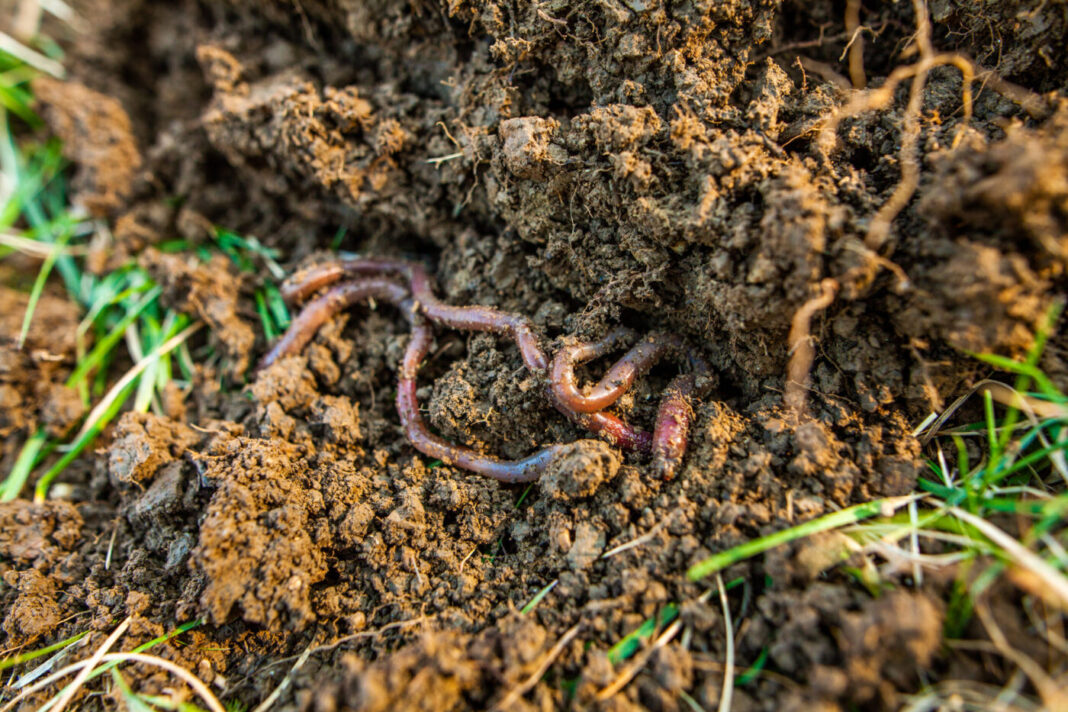An international research team from Spain, China, and Australia reports that earthworms, by breaking down organic matter and mineralizing nutrients in soil, may also be reducing the number and relative abundance of antibiotic-resistance genes (ARGs) in soils from diverse ecosystems. The scientists, who published their study (“Deciphering Potential Roles of Earthworms in Mitigation of Antibiotic Resistance in the Soils from Diverse Ecosystems”) in Environmental Science and Technology, believe their results imply that earthworms could be a natural, sustainable solution to addressing the global issue of antibiotic resistance.
“Earthworms are capable of redistributing bacteria and antibiotic resistance genes (ARGs) through soil profiles. However, our understanding of the earthworm gut microbiome and its interaction with the antibiotic resistome is still lacking. Here, we characterized the earthworm gut and soil microbiome and antibiotic resistome in natural and agricultural ecosystems at a national scale, and microcosm studies and field experiments were also employed to test the potential role of earthworms in dynamics of soil ARGs,” write the investigators.
“The diversity and structure of bacterial communities were different between the earthworm gut and soil. A significant correlation between bacterial community dissimilarity and spatial distance between sites was identified in the earthworm gut. The earthworm gut consistently had lower ARGs than the surrounding soil. A significant reduction in the relative abundance of mobile genetic elements and dominant bacterial phylotypes that are the likely hosts of ARGs was observed in the earthworm gut compared to the surrounding soil, which might contribute to the decrease of ARGs in the earthworm gut.
“The microcosm studies and field experiments further confirmed that the presence of earthworms significantly reduced the number and abundance of ARGs in soils. Our study implies that earthworm-based bioremediation may be a method to reduce risks associated with the presence of ARGs in soils.”
The overuse of antibiotics in humans and animals has caused ARGs to accumulate in soils, which could contribute to the rise in antibiotic-resistant infections. Earthworms consume tons of soil per year worldwide, and their guts have a unique combination of low-oxygen conditions, neutral pH, and native microbial inhabitants that could have an effect on ARGs.
However, the role of earthworms in the spread of antibiotic resistance has been controversial. Some studies in controlled settings suggest that their guts are hot spots for ARGs, which they can spread through soil with their movements, while other studies indicate that the earthworms’ guts can reduce ARG abundance by destroying host bacteria and mobile genetic elements. To better understand the issue, scientists from the Chinese Academy of Scientists and colleagues wanted to compare the microbiomes and ARGs of earthworm guts with those of soils from diverse ecosystems across China.
The researchers collected earthworms and surrounding soil samples from 28 provinces in China. Then, they analyzed the composition of microbial communities in the worms’ guts and the surrounding soil, finding that they differed between guts and soil and also among sites. In addition, the team found a lower number and relative abundance of ARGs in the earthworm guts than in the corresponding soil across all sampling sites.
The earthworm guts also had lower levels of bacterial species that commonly host ARGs. These bacteria and their ARGs could be destroyed during digestion, or bacteria that live in the gut could out-compete them, the researchers say. In other experiments, they used controlled environments to show that the number and relative abundance of ARGs were higher in earthworm guts than in their feces, and that the addition of earthworms reduced ARGs in soil samples.
These findings suggest that earthworms have the potential to mitigate these genes in soils as a form of natural bioremediation, the researchers say.


